for rating, We use this system to help us grade and evaluate porcelain and ceramic tile. What is porcelain sanitary ware? When buying sanitary goods, one of the major worries is that the quality of different properties varies from what the factory claims. Home-produced porcelain sanitary ware is split into three quality classes, designated primary, secondary, and tertiary, and offered in three price ranges. What separates these products? What causes the distinct quality groups? Is secondary or tertiary raw material quality different from primary? As suppliers, we regularly experience this issue. All products from a factory in a production cycle are outputs from the same production line, and raw material and production process quality generally don’t affect product quality. Ferangi toilets employ the same grade of biscuits (dirt) and glazes as well as all mechanical elements. The transparency and gloss of glazes vary by grade. Yes, in the product line, all goods are covered with the same glaze, regardless of the bathroom model or design. The quality of the glaze applied to the products from two separate manufacturers is the same. These brand-wide variables don’t change. What classifies sanitary products? Classify sanitary porcelain and porcelain outdoor patio pieces by their oven look. Glaze ripples and incomplete glaze coatings are grade 2 appearance defects. Needle holes, glaze roughness, and scratches are third class. For Kurdish porcelain items, pieces with cosmetic flaws, such as absence of glaze, fractured glaze, structural deformation, etc., are eliminated from the kiln and classed as trash.
porcelain tile classifications
Some types of porcelain tile grades are included in the classifications of bathroom porcelain. Customers buying sanitary gear are concerned about the quality gap between product quality and factory-declared quality. Domestically made bathroom porcelain goods are labeled 1, 2, and 3 and marketed in three pricing groups. How do these goods differ? How are these products categorized? Our product classification FAQs are below. Does Grade 2 or 3 raw material differ from Grade 1? We routinely confront this challenge as a provider. All products of a factory in a production cycle are the output of the same production line, and raw material quality and manufacturing methods seldom alter product quality and categorization. The biscuits (dirt) and frosting used in Ferangi toilets are of the same high quality as those used in Bertani toilets, and there are also mechanical parts.
Transparency and gloss of various glazes. In this product line, all goods are covered with the same glaze. Regardless of the model or style of the sanitary ware, the glaze is two distinct colors. Variations in factory and product gloss and clarity are brand-specific. How are bathroom items classified? classifying sanitary porcelain ceramic floor pieces by oven look. Grade 1 components have no visual faults, whereas grade 2 components include glaze ripples and partial glaze covering. flaw. 3.g includes pinholes, glaze roughness, and glaze scratches. Parts having cosmetic flaws, such as missing glaze, glaze rejection, and porcelain structural deformation, will be rejected from the oven output and classed as junk. Does the quality of a French toilet’s mechanical parts impact performance? No, as only the highest quality components and materials are utilized, there is no difference between parts of various quality. Lastly, it should be emphasized that the difference in quality grades is simply dependent on the evaluation of sorting professionals in the manufacturing line. Any buyer may make a confident decision by seeing the acquired products and starting to receive them.
difference between a grade and b grade tiles
The tiles are of a grade and b grade, and the difference between them is the classification of tiles and the categories into which they fit, respectively, The quality of the raw materials, the quality of the productions like porcelain toilet and baking process, and whether or not the tiles are defective in appearance, color, and packaging are the factors that are considered when classifying tiles. This information is indicated on the packaging that the tiles are shipped in by the factory that produces them. You can tell the quality of the tiles by the cardboard. It is not difficult to determine the ceramic quality from the package; in fact, all you need is a basic understanding of the various types of ceramic qualities, and you will have no trouble determining the specific ceramic quality that you are looking for.
Tiles and ceramics are both types of ceramics, and like other types of ceramics, they can turn into glass when baked at a high enough temperature. Additionally, like other types of ceramics, they are hydrophobic, meaning that they do not absorb water, and they have a high resistance to mechanical stress and wear. As a result of being baked in these circumstances, these components are able to tolerate shifts in temperature without being damaged. Because of its high pattern, tile is the most essential type of building cladding to use in areas close to moisture, water, and heat. In addition to its function of supporting the structure, tile may also add design and pattern to the surface. In most cases, tiles that have at least one coat of glaze are of a higher grade overall. Glazing is applied to the tiles, which not only protects the patterns and designs that have been etched into them but also makes the tiles resistant to the absorption of water. Due to the usage of various ceramics, unglazed examples have also been fabricated, which is a fact that has to be brought to everyone’s attention. 
tile rating system
One tile is level 1, and the others are 2, 3, or 4. Grades reflect tile quality, flawlessness, and quality. Level 1 through 4 tiles and ceramics are commonly used, not because level 1 is higher quality. tile rating system Verify the tile’s quality and manufacture date. To make better choices, find out the tiles’ quality, production date, breathability, etc. The following will improve your tile knowledge. After leaving the oven line, tiles are moved to pallets and carried to the sorting department by TGV or LGV. The ceramic tiles are placed on a sorting line using schematic equipment. Tiles are classified by look, arc, and size. Operators describe their appearance. Operators evaluate tiles based on fractures, welds, print quality, color, edge chips, etc. After crossing through the tile’s surface, you’ll reach the arch (Blanner), which contains 5 sensors with two electronic eyes apiece. At this stage, the sensor classifies tiles depending on the arc. Concave bricks
- 8.8% error (level 1)
- 0.1% error (level 2)
- 1.3% error (level 3)
- 1.3% error (level 4)
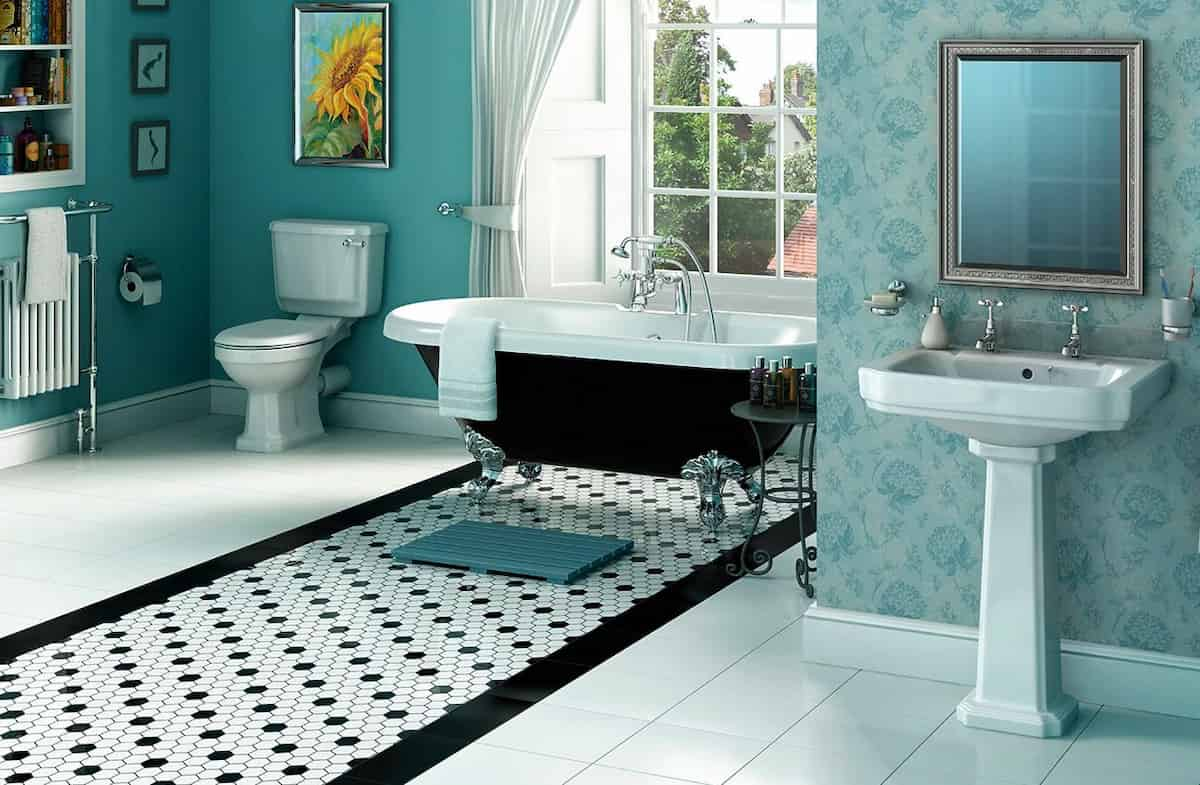 Bricks concave:
Bricks concave:
- 5.5% mistake (level 1).
- 7.7% error (level 2)
- 9.9% of mistakes (level 3)
After this section, tiles are categorized by size. At this stage, the tiles are measured using sensors. The line tile is compared to a (model or sample) normal tile to determine the standard. Two infrared sensors grade these two sensors after traveling over this section of tiles. Grade 1 tile look, Grade 2 crown, Grade 3 size. This tile is grade 3 because its two sensors always choose the highest number. Let’s have unique personalities. The tiles are then sorted. Here are 9 stickers (STAKER). In this step, the tiles are separated and placed in a container. well-made ceramics Ceramic tile specifications and qualities 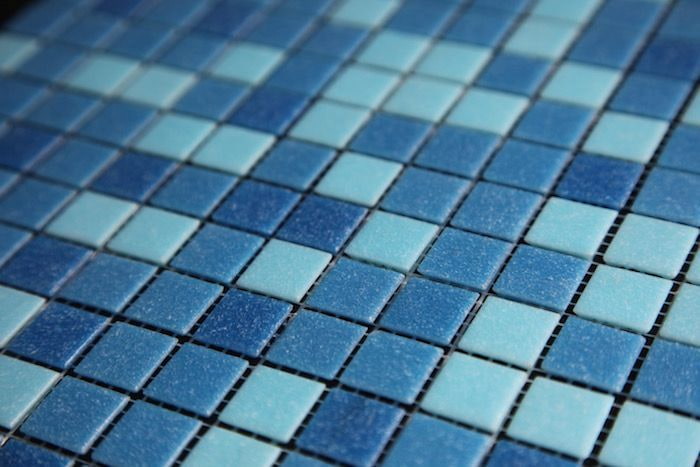
grade a tiles
The appearance of the floor marble tiles is the best indicator of tiles a grade. The first-class tiles category includes healthy tiles that are entirely defect-free, have a faultless smooth, polished, and glazed surface, and have flawless sides. Ceramic products occasionally contain flaws in their external appearance, such as those found in Iran Seram. Ceramic types are diagnosed by inspecting the flaws listed below: The ideal ceramic is grade two if there are no more than one or two spots, each with a maximum diameter of half a millimeter, two centimeters from all borders of the polished and glazed surface. Examining the edges of the ceramic glazed surface is another method for determining the ceramic grade. The desired ceramic will be considered second-grade if there is only one unglazed spot on all of these surfaces, with a maximum size of 2 x 3 mm. 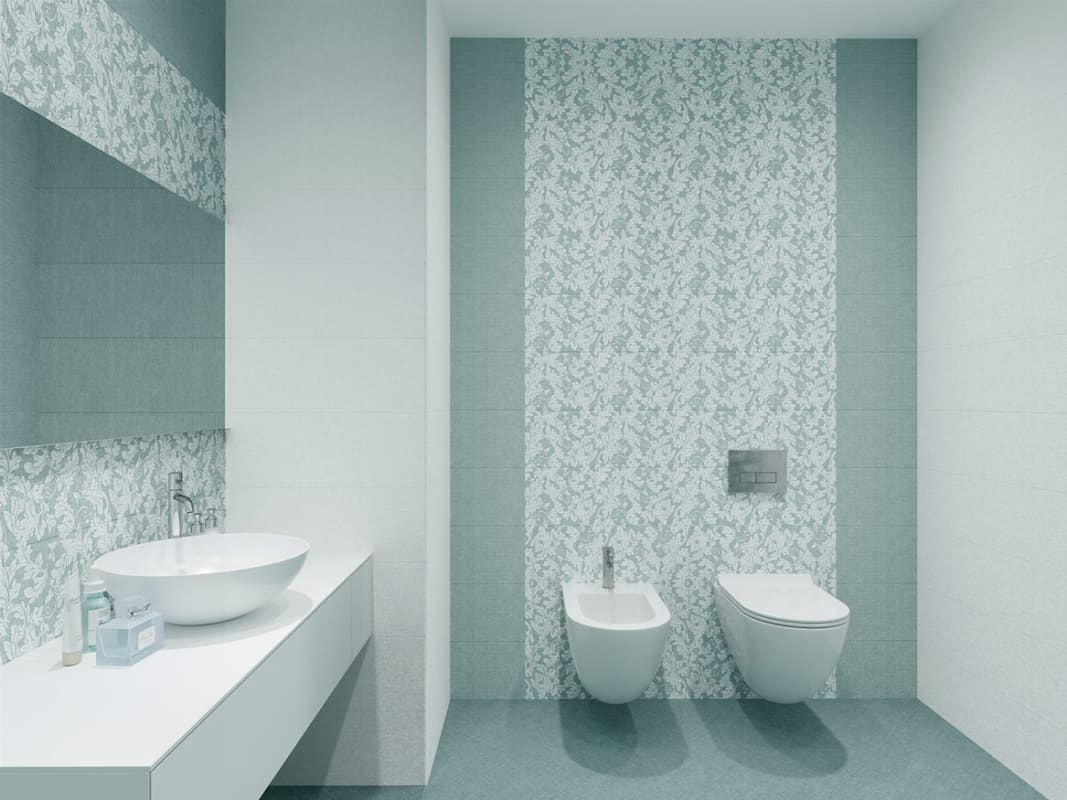 The presence of a mole with a maximum diameter of three millimeters on the ceramic’s polished and glazed surface, which qualifies the item as a third-grade ceramic, is another way to identify high-quality ceramics. You may identify the ceramic grade much more easily if any of the following traits are present. If a ceramic exhibits these qualities, it was likely made in the fourth grade. The ideal ceramic will be of the fourth grade if the glazed surface has two or three spots with a maximum diameter of half a millimeter. Ceramics of the fourth grade have one of their four sides that is 10 x 3 mm unglazed. A ceramic will be classified as grade four if it has two unglazed patches measuring 2 x 5 mm on the sides of the glazed surface. Grade 4 ceramics are those that have a void on their glazed surface that has a maximum diameter of half a millimeter and a projecting lip on one of their four edges that has a maximum dimension of 3×5 mm.
The presence of a mole with a maximum diameter of three millimeters on the ceramic’s polished and glazed surface, which qualifies the item as a third-grade ceramic, is another way to identify high-quality ceramics. You may identify the ceramic grade much more easily if any of the following traits are present. If a ceramic exhibits these qualities, it was likely made in the fourth grade. The ideal ceramic will be of the fourth grade if the glazed surface has two or three spots with a maximum diameter of half a millimeter. Ceramics of the fourth grade have one of their four sides that is 10 x 3 mm unglazed. A ceramic will be classified as grade four if it has two unglazed patches measuring 2 x 5 mm on the sides of the glazed surface. Grade 4 ceramics are those that have a void on their glazed surface that has a maximum diameter of half a millimeter and a projecting lip on one of their four edges that has a maximum dimension of 3×5 mm. 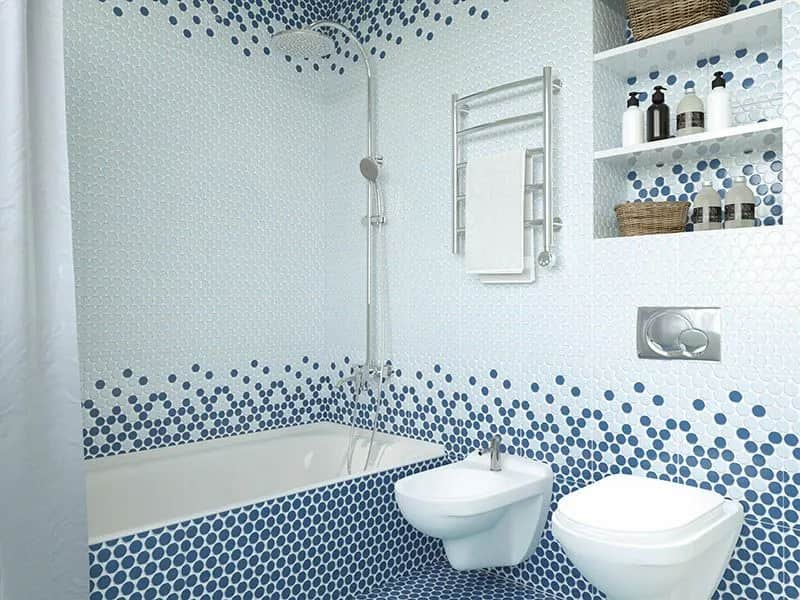 b grade tiles: additional tiles Some ceramic and tile products have one or more of the following aesthetic drawbacks: b-grade encaustic ceramic tiles There should not be more than one or two spots, with each one having a maximum diameter of half a millimeter and being placed two centimeters apart from each of the glaze’s four corners. There should only be one unglazed stain, with a maximum size of 3×2 mm, on either side of its glaze. Tiles with a single or two stains with a maximum diameter of half a millimeter, two centimeters from the edge, or with a rear glaze spot less than 2 mm are only eligible for this sorting. Even if the cost of this type of ceramic tile is less than that of premium ceramic tile, it still falls under the category of export ceramic tile. You can use this device in a clean environment because of its adaptable design. Additionally, secondary floor tiles must be non-slip. Additionally, you can purchase additional wall tiles in a variety of patterns. But white and vibrant hues are the most widely used styles among consumers. Naturally, there are many flowers and patterns. Simple designs with numerous individual flowers arranged in a tonal motif are frequently utilized in restrooms.
b grade tiles: additional tiles Some ceramic and tile products have one or more of the following aesthetic drawbacks: b-grade encaustic ceramic tiles There should not be more than one or two spots, with each one having a maximum diameter of half a millimeter and being placed two centimeters apart from each of the glaze’s four corners. There should only be one unglazed stain, with a maximum size of 3×2 mm, on either side of its glaze. Tiles with a single or two stains with a maximum diameter of half a millimeter, two centimeters from the edge, or with a rear glaze spot less than 2 mm are only eligible for this sorting. Even if the cost of this type of ceramic tile is less than that of premium ceramic tile, it still falls under the category of export ceramic tile. You can use this device in a clean environment because of its adaptable design. Additionally, secondary floor tiles must be non-slip. Additionally, you can purchase additional wall tiles in a variety of patterns. But white and vibrant hues are the most widely used styles among consumers. Naturally, there are many flowers and patterns. Simple designs with numerous individual flowers arranged in a tonal motif are frequently utilized in restrooms. 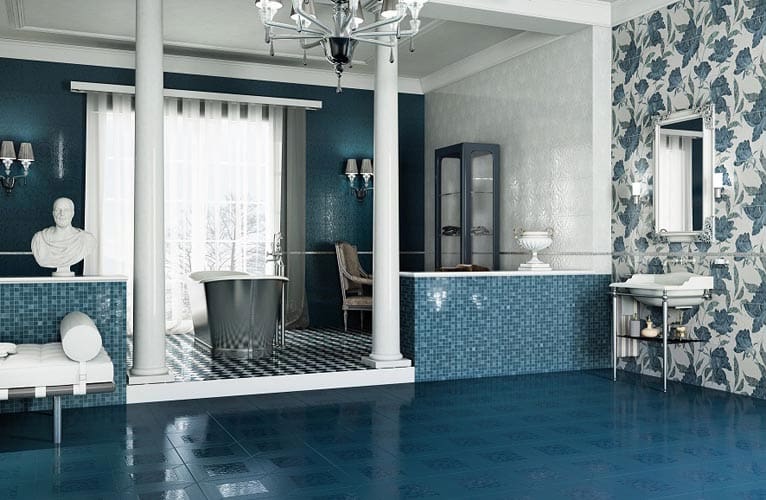
grade 1 porcelain tile for floor
porcelain floor tile of grade 1. Tile producers advise using tiles in outdoor and open places even though they are typically used inside. Generally speaking, it is advisable to delegate tile installation to a professional you can also use concrete and marble instead of tile floors. Generally speaking, from a general point of view, ceramics and tiles have no place in outdoor settings and are best used only in indoor settings. What most experts agree on is not using outdoor tiles in an outdoor setting. Tiles and tiles are designed and produced for indoor environments and are best used in indoor environments. Tile’s resistance to weather conditions is unstable, and if your home freezes in winter, there is a very high chance that the exterior tiles will be crushed during the first thaw of the year. As the name of this modern reception floor ceramic suggests, porcelain ceramics are baked at high temperatures. This is why porcelain is glassy and has low porosity. Porcelain is available in both glazed and unglazed forms, and is thicker and less absorbent than regular ceramics. This feature is perfect for any floor ceramic and shows its high durability. Therefore, these tiles are considered the best floor ceramics.


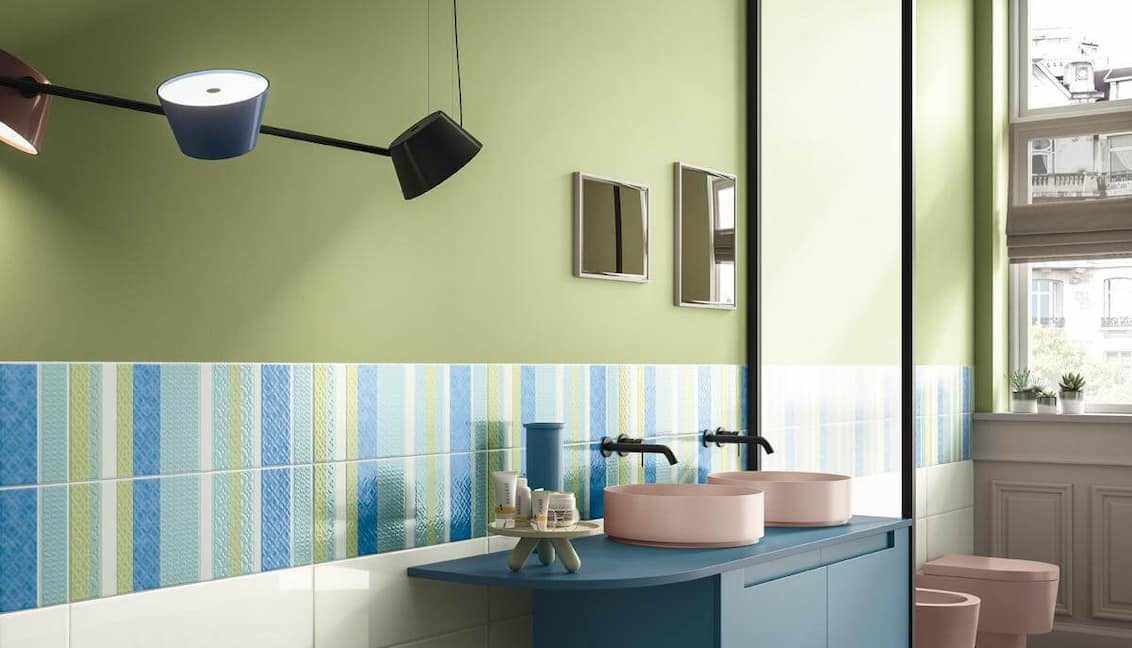
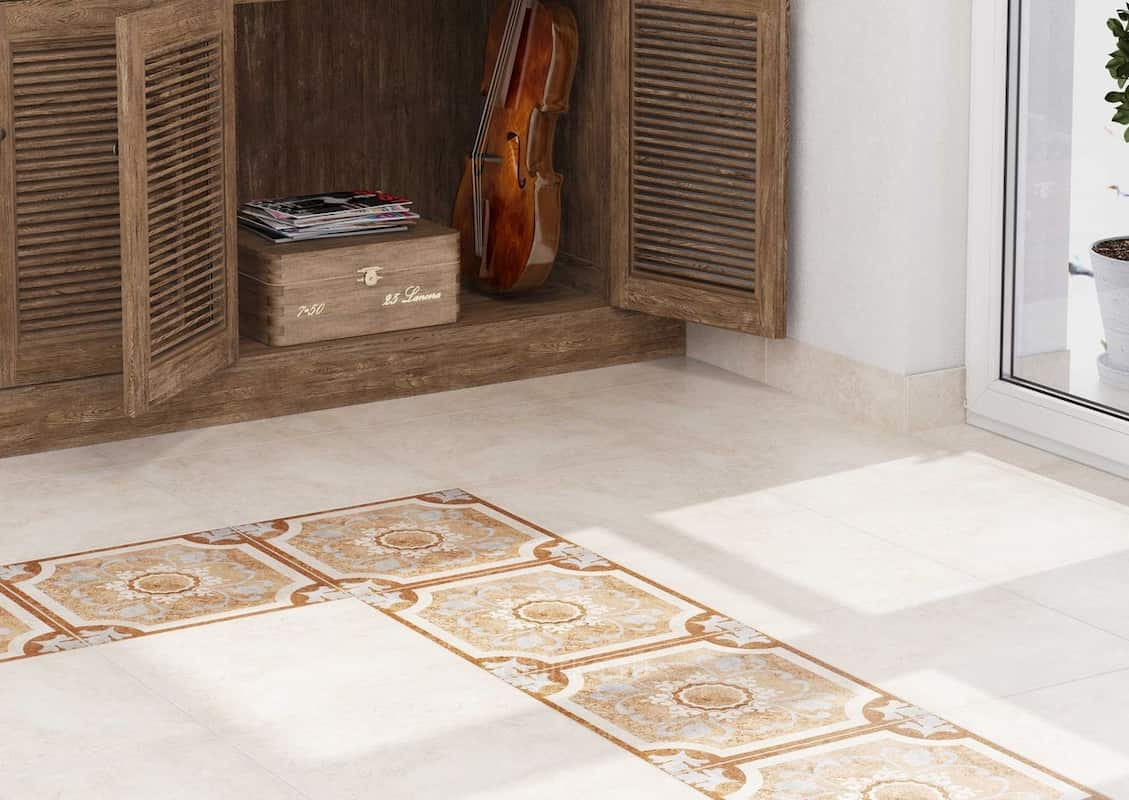
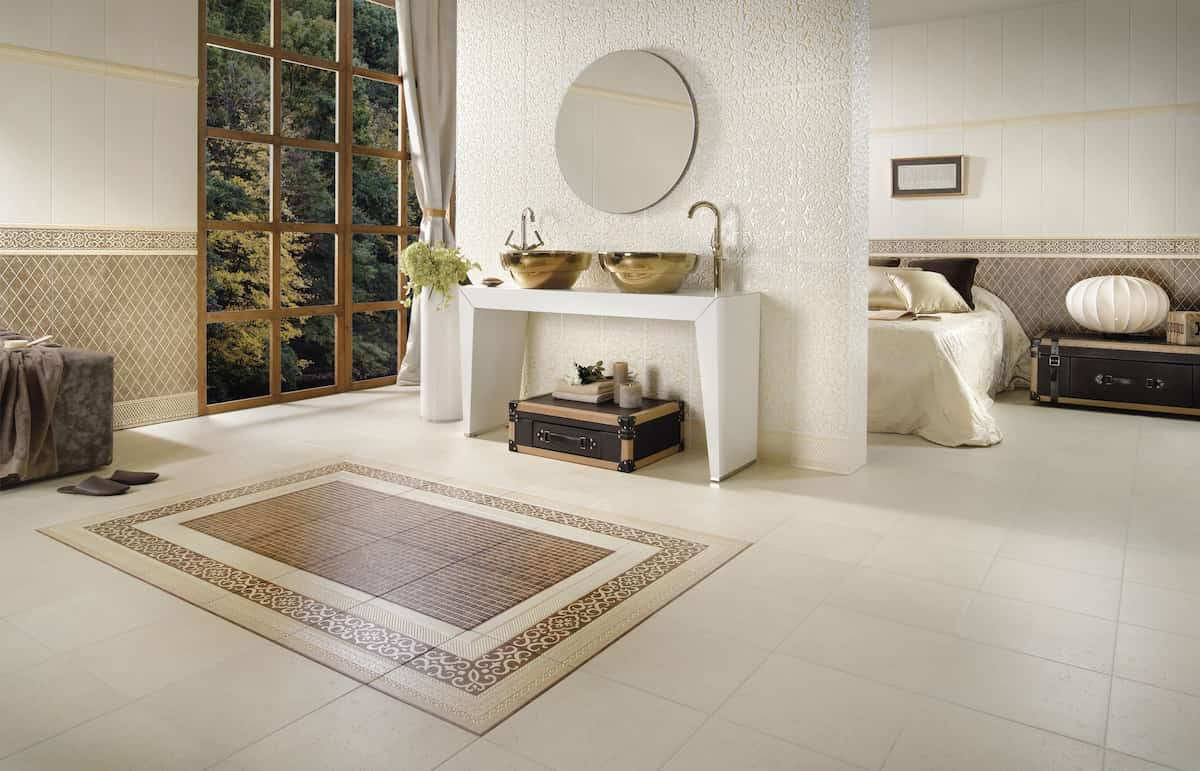
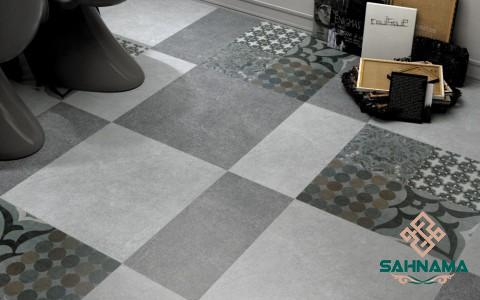
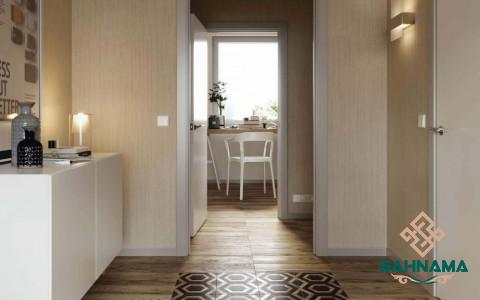
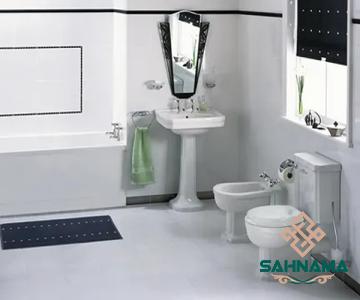
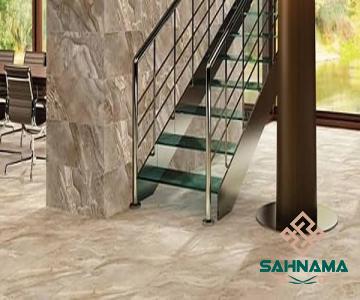
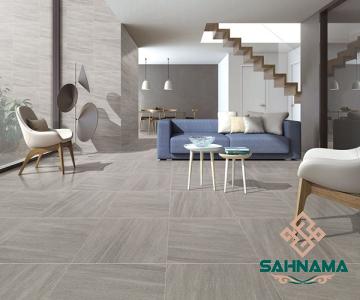
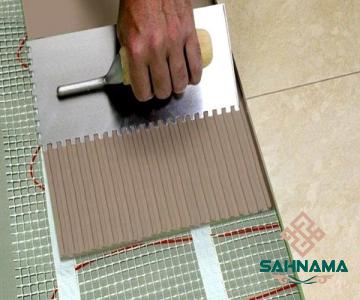

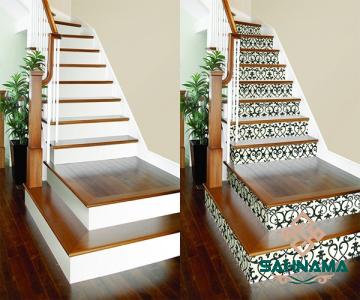
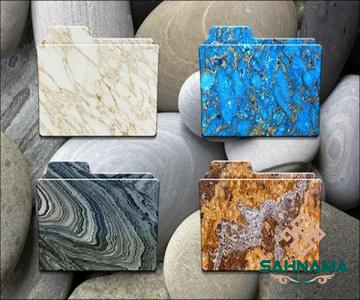
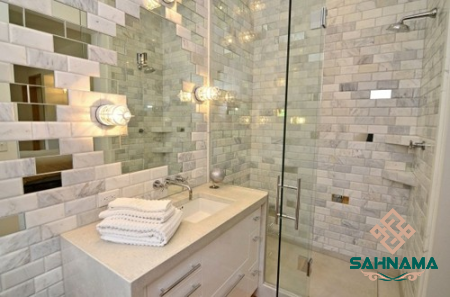
Your comment submitted.